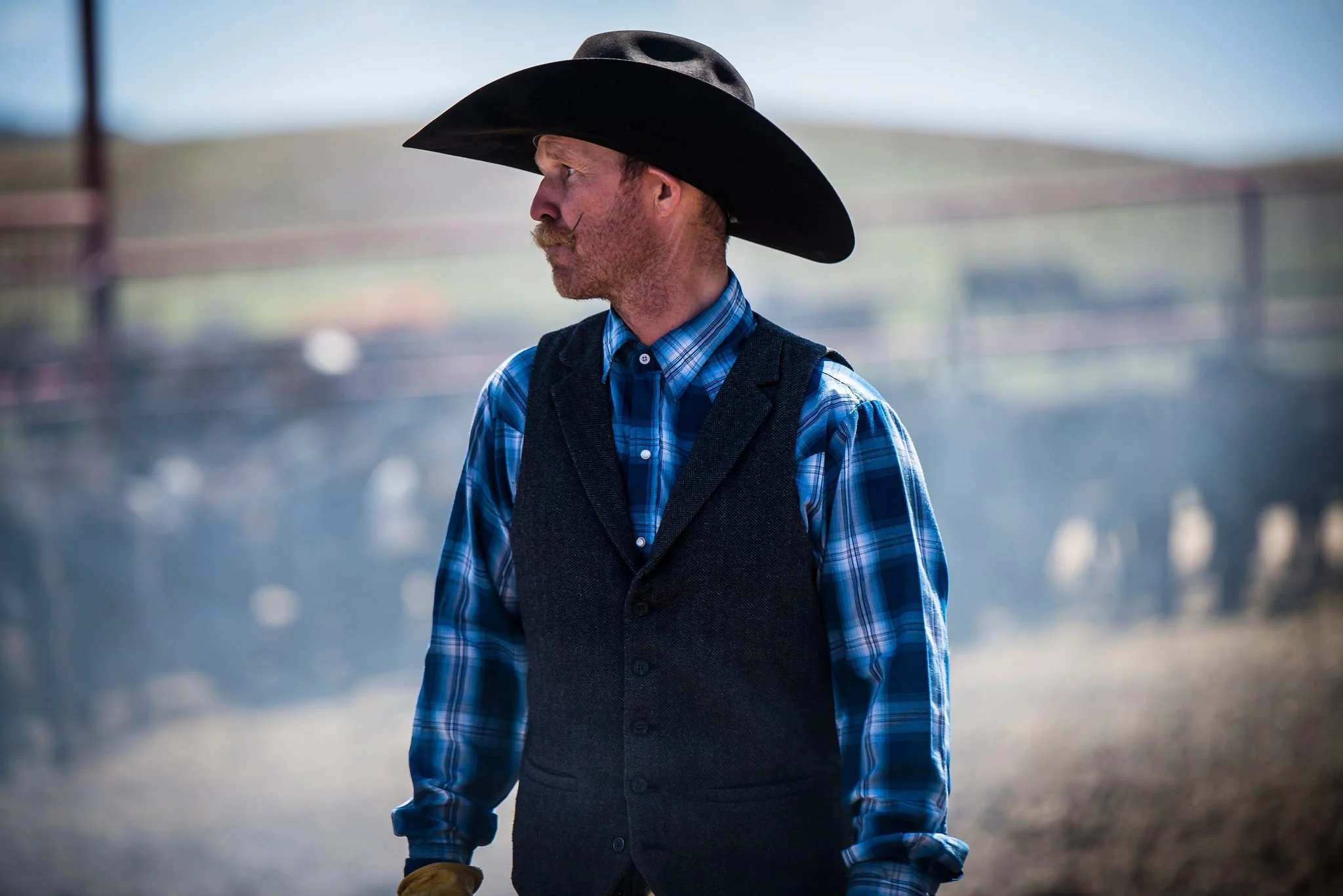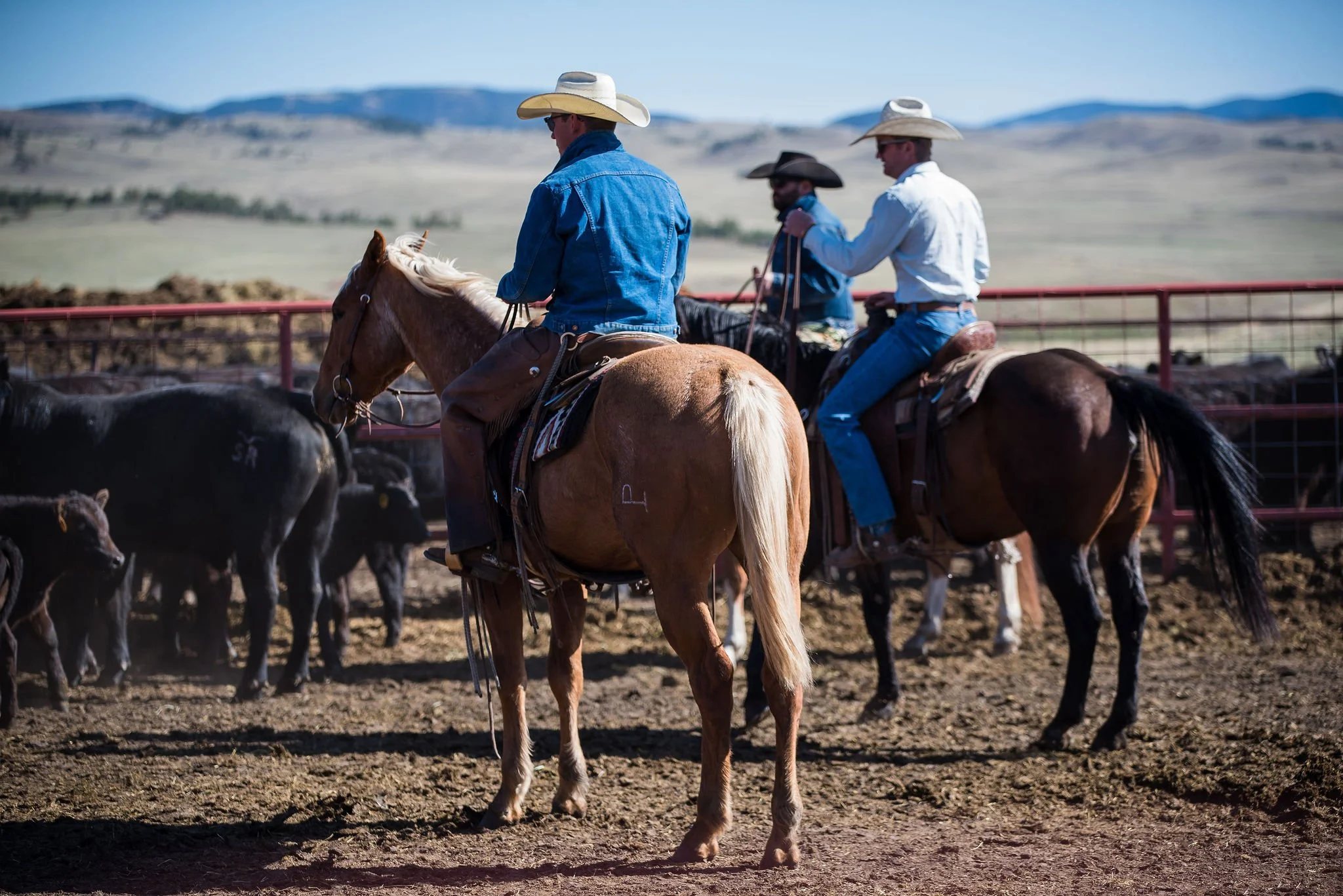The Smart Owner’s Playbook: Empowering Your Ranch Team to Excel
Owning a ranch you don’t live on is a balancing act.
You want visibility, not micromanagement. You want trust, but verified. And you need professionals who can operate autonomously without ever leaving you in the dark.
That balance—between ownership and stewardship, authority and partnership—is where elite operations stand apart. When done right, absentee ownership can be a fantastic, profitable, productive business model.
1. Start with Clarity
Before the first cow grazes or the first fence is fixed, define why your ranch exists.
Is it a legacy asset meant to outlast you?
A working enterprise that must produce reliable cash flow?
A conservation investment that should improve habitat and soil health every year?
A place for your family to come and recharge?
Something else, or a combination?
Your management team can only execute what you’ve articulated. The best managers aren’t mind readers; they’re strategists. Give them a clear mission, and they’ll make decisions aligned with your long-term goals.
2. Set Metrics, Not Opinions
Strong relationships are built on shared data and insights, and a deep understanding of natural systems and how to utilize data and nuance to gain a comprehensive view. For landowners, measurable outcomes are the bridge between trust and accountability. When considered alongside the ranching ecosystem as a whole, they can paint a picture rooted in nature but supported by data.
Calving percentage, feed efficiency, cost per AUM, grazing rest periods, employee retention—these are your instruments. They show where you’re headed and when you need to course-correct. Opinions change with the wind, but metrics tell the truth.
Those metrics, combined with your ranch manager’s expertise about the nuances of natural systems and the beef industry as a whole, keep everyone on the same page and going in the same direction.
When everyone is looking at the same dashboard, decisions become objective, not emotional. That’s how good managers and owners stay aligned—even from hundreds of miles apart.
3. Communicate Like Partners
Communication doesn’t mean constant contact.
It means consistency, transparency, and mutual respect.
The best owners operate on a rhythm: monthly updates that show progress, quarterly conversations that dive deeper, and annual reviews that reset goals. These check-ins aren’t just about cows and grass—they’re about alignment and trust.
Your manager should feel empowered, not watched. Give them space to lead and the confidence to speak candidly. If they’re afraid to tell you what’s going wrong, you’ve built a reporting system, not a relationship, and poor decisions are made when ego gets in the way. You don’t want a yes man, you want someone to tell you the truth.
4. Respect the Human Side of the Operation
This is where many owners stumble—not out of arrogance, but out of unfamiliarity.
You own the land, the cattle, the infrastructure. But your employees live there.
Their kids ride the bus down your road. Their families spend holidays in the bunkhouse or ranch house you built. They saddle horses before dawn and fix the water lines after dark. They know every gate, every pasture, every well.
Respect that. Treat their home with the same dignity you’d want for your own. Don’t drop in and start rearranging furniture—literally or metaphorically. If you want loyalty, show appreciation for the fact that your manager is the one who wakes up when it snows, not you.
Because, at the end of the day, boundaries are not walls; they’re agreements about respect. When employees feel like valued partners instead of second-class citizens, they protect your investment as if it were their own. That’s how great ranches stay great—through pride, not compliance.
5. Build Systems That Outlive You
Ranching is generational work, but management systems shouldn’t depend on one person’s memory or goodwill.
When operations run on clear protocols—grazing plans, SOPs, financial tracking, and written goals—you eliminate chaos and personality-driven decision-making. The ranch keeps moving forward, even when staff changes or ownership transitions.
That’s the difference between “a place that runs” and “a place that endures.”
Stewardship at Scale
At JRC, we believe that great ownership is about stewardship and respect, not control.
Our clients sleep well knowing that every acre, animal, and employee is accountable to a plan—and that their team feels just as invested in the outcome as they are.
That’s not caretaking.
That’s professional leadership, ranch-style.


